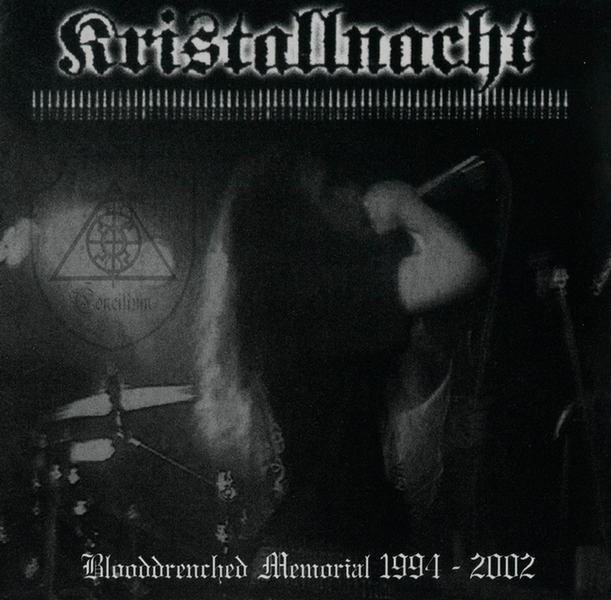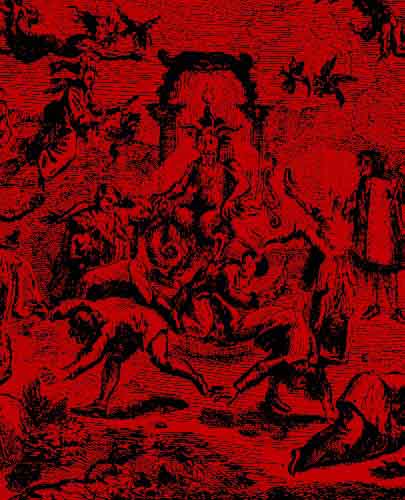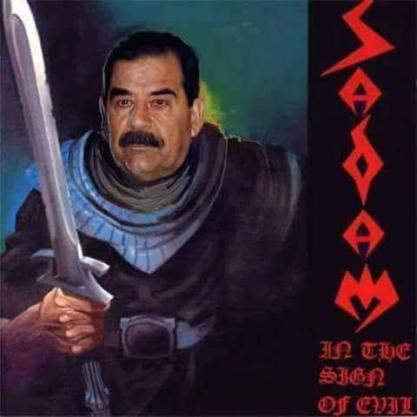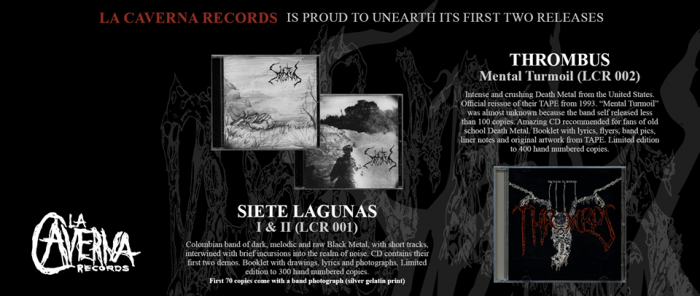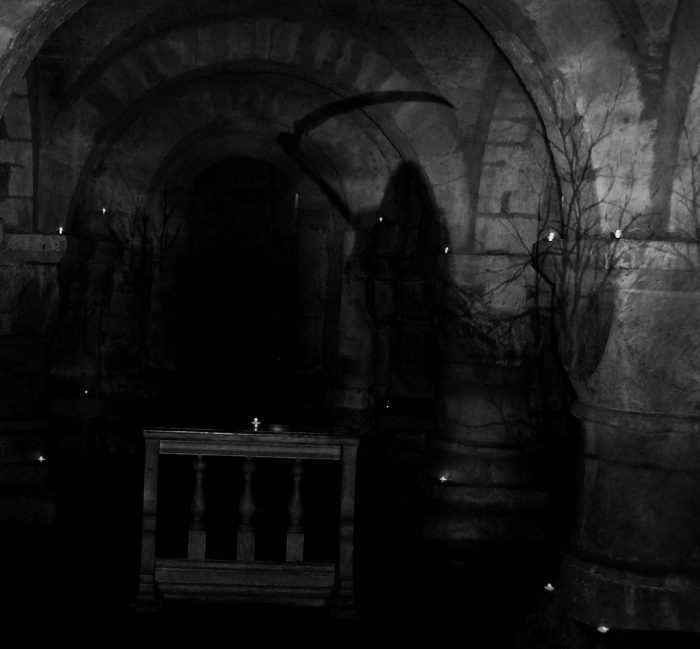
Article by Doron Rosenberg
It would certainly not be far from the mark to say that Fanisk are the crowning achievement of “NSBM.” The limits reached by Eldrig’s sublime compositions, tempered by the conceptual direction given by Vitholf, far exceeded anything that came either from the “NS” or the “US” camps, altogether escaping the cliched definitions of either. That is, as music, Fanisk fits neither of the pseudo sub-genres in quesion, and only belongs to either by dint of their ideological sponsoring and geographical location. (more…)
20 CommentsTags: 2002-2013, Black Metal, die and become, fanisk, insularum, Noontide, nsbm

